We're not moving away from all time classic here
We're back in Le Mans exactly, Its the Mazda Rotary madness
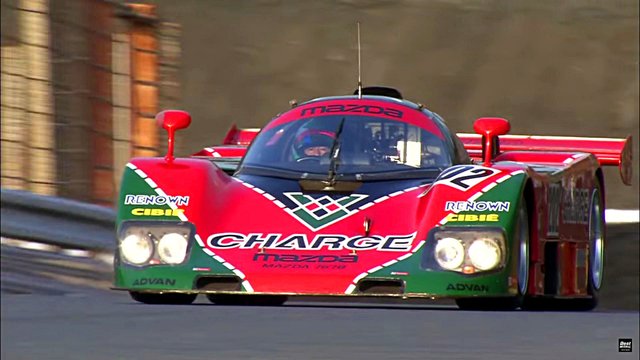
What's so great about it?
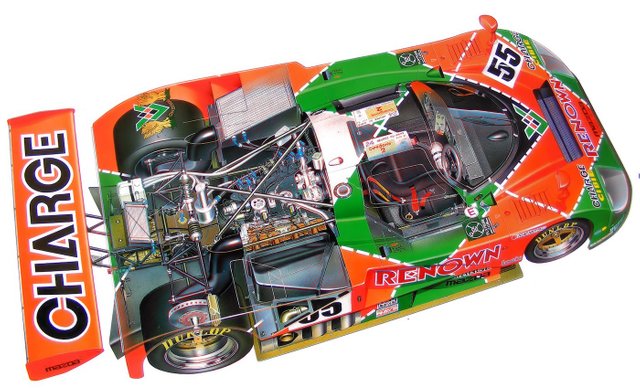
So, to start it with a fact, the first time Mazda used a four rotor engine in one of their sports protoype racers at Le Mans was in 1998 and this was achieved through the introduction of the almighty Mazda 767 and introduction of the 13J-M2 Wankel rotary unit.
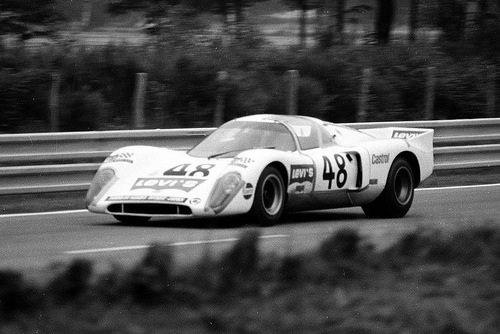
But back to history, we all now that Mazda was no stranger to Le Mans or to motor sport with the Wankel rotary engine. Talking about the Le Mans 24, the Belgian and Levis International Racing Team entry of Yves Deprez and Julien Vernaeve through the use of a Chevron B16 and Mazda 10a, it didn't make it to finish.. But it set the benchmark.
Then came the Sigma MC74 equipped with the 12A two rotor engine and which Scored the first ever finish for a rotary engine at Le Mans. Dead last, not even classified but it was the first time a full Japanese entry completed the 24 Hours. And this was followed in the 1980s with a couple of entries through the IMSA GTX class and the RX7. Mazda then decided it was that time to take seriously in the Wankels in Le Mans, and goes straight into the prototype class with the 717C from 1983 and which took a 1-2 finish in the C2 class that same year at Le Mans, talked about some achievement right there.
From 1986, Mazda decided to jump for the IMSA GTP category which differed from the Group C by allowing fewer restrictions and Nigel Stroud was tasked with the build of a complete new car which resulted in the 757 Model equipped with the three rotor unit for 1986 and 1987
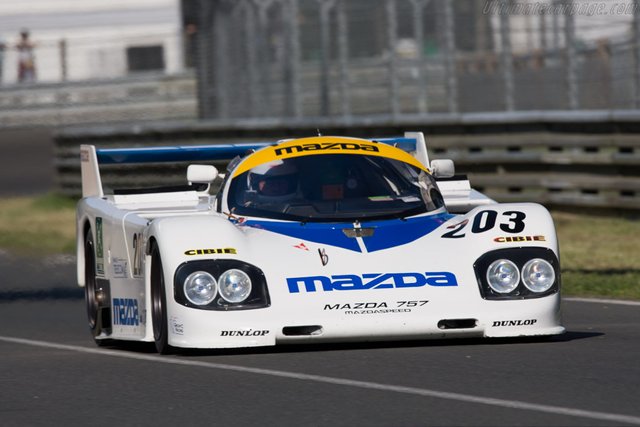
From then and for 1988, Stroud ( I can't seem to find his picture..) was tasked with building rather more competitive car. This entirely in-house creation was to be called the 767. Its actually goes higher by the number respectively so you guessed it, with far more advanced in terms of chassis and aerodynamics, and of course newer rotor engine with 4 rotor wankel rotary used then by Mazda in competition. Displacing just 2.6 liters, the normally aspirated unit produced 580 Hp in 1988 specification. Tht 767 was brought alongside with 2 Mazda 757 with three rotor units, with the increased power output of 580 hp and thus 130 hp stronger than the units that is used in older cars, the new engine are proved to be reliable, But it has a drinking problem, it became third of the Mazdas at Le Mans due to a higher fuel consumption.
Therefore Mazda endeavored to improve new engine for the following year. By adjusting the admission chambers and using ceramic tips for less wear and improved sealing, Mazda not only reduced the fuel consumption, but also gaining increasing power of the engine by 50 Hp, which then add up to 630 Hp ready for the 1989 season.
More globally speaking, the 767 would be updated into the 767B for the season, now packing with more powerful engine unit among additional improvements in aerodynamics and architecture. The Mazda 767B known as chassic 003 is one of three cars built my Mazdaspeed for 1989. According and was driven by Yojiro Terada, Marc Due, and Volker Weidler. The trio would bring the Mazda to a respectable third in the GTP class adn 12th overall. The Fuji 1000 Km would be next outing for 003, where it score a eleventh place finish overall and second in the GTP class

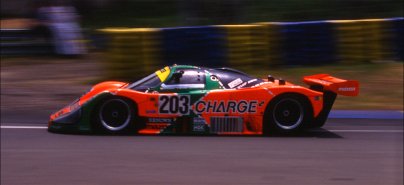
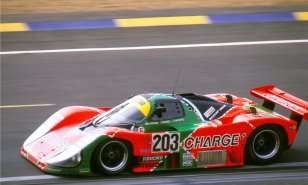
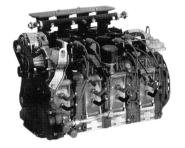
For 1990 it received a new cooling system, a trellis mounted wing above the gearbox, a more rigid chassis with unchanged dimensions and a new bodywork with a shortened and more rounded rear. After almost 2 decades of development, Mazda's work finally reach the point of definitive competitiveness in endurance racing with their racing rotaries.
In 1990, Mazda continued its habit and brought two newly developed 787s, with the ultimate of their four rotor engine called 26B, this my favourite part lol, alongside with one 767B, in its final development phase to La Sarthe. Since both 787s failed to finish the sole 767B or 767-003 that came in 20th overall and first in the IMSA GTP class. The Final race for 003 as factory build was then another trip to Fuji for the 1000 Km, where it would place sixth overall and win the GTP class for the second race in a row.
And of course, the path was set for 1991 and the Mazda 787B R26B engine to conquer the Le Mans 24 Hours and set what still remains up to this day, the sole Victory for Japanese manufacturer and a Wankel rotary engine at La Sarthe.
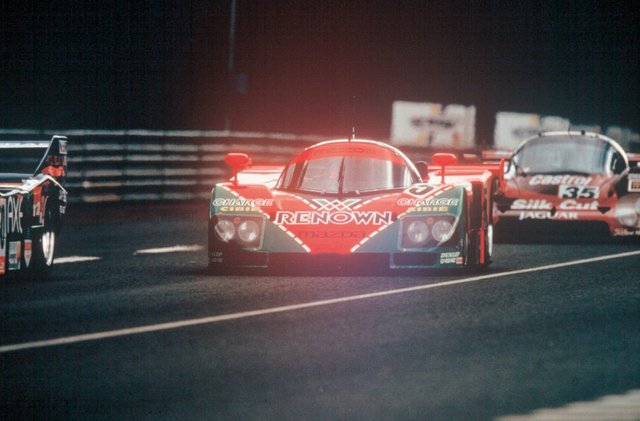
Must been a hell of ride for the Mazda in that time, But just right after the first one, the Racing association then Banned them (the wankel, alongside with Mazda if they won't comply to changed their base engine) for uncertain thing, I know this ECO thing.. But what gives!
Also you should check the original article that I choose and should have deserved the attention as well, in Here